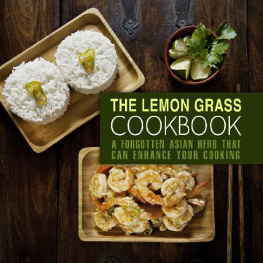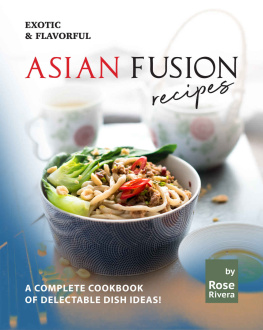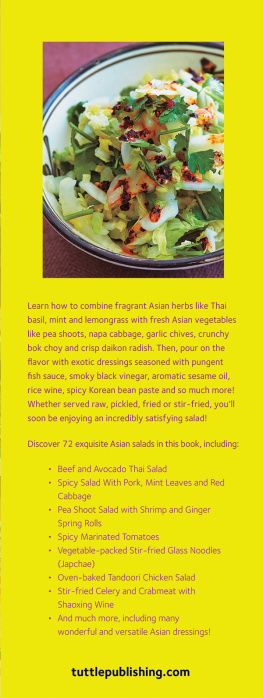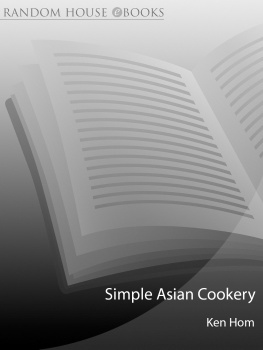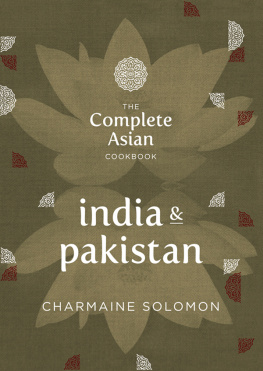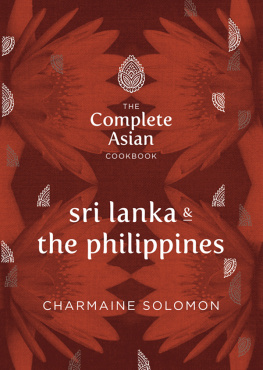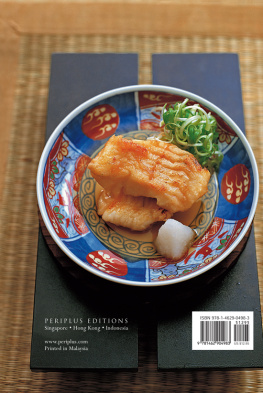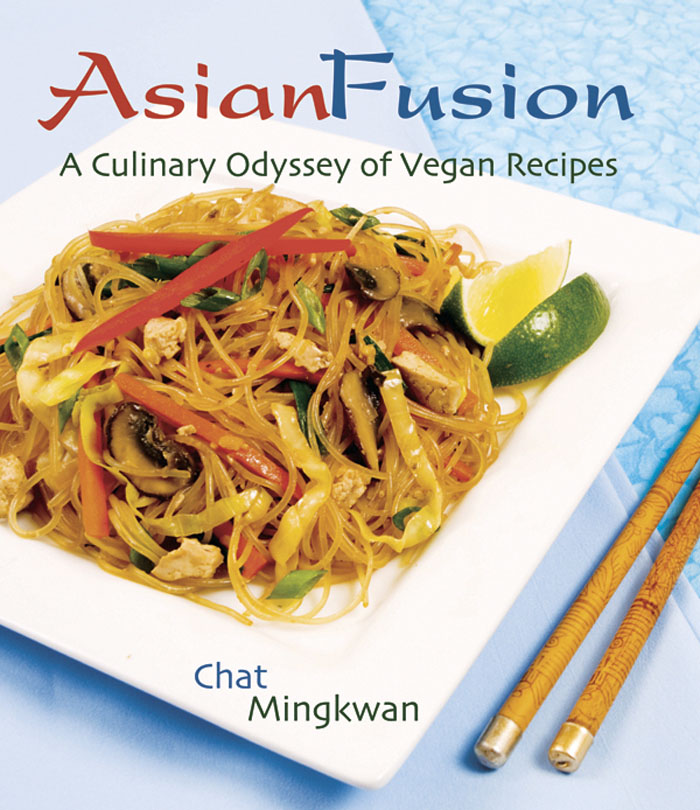
Asian
Fusion
Chat Mingkwan

Book Publishing Company
Summertown, Tennessee
2010 Chat Mingkwan
Photos 2010 Book Publishing Company
Cover design: Warren Jefferson
Interior design: Publishers Design and Production Services
Cover and interior photos: Warren Jefferson Food styling: Barbara Jefferson
Cover photo - Filipino Pancit Noodles (Pancit Guisado), p. 121
All rights reserved. No portion of this book may be reproduced by any means whatsoever, except for brief quotations in reviews, without written permission from the publisher.
Book Publishing Company | ISBN: 978-1-57067-231-6 |
P.O. Box 99 |
Summertown, TN 38483 | 17 16 15 14 13 12 11 10 | 9 8 7 6 5 4 3 2 1 |
888-260-8458 |
www.bookpubco.com | Printed in Canada |
Library of Congress Cataloging-in-Publication Data
Chat Mingkwan.
Asian fusion / by Chat Mingkwan.
p.cm.
Includes bibliographical references and index.
Summary: In Asian Fusion, Chat Mingkwan presents faithful vegetarian translations of signature dishes from all corners of the Asian continent. Readers will get information on how to use and where to find herbs and spices unique to this area and will enjoy Chats practical approach to creating authentic Asian flavors in Western kitchensProvided by publisher.
ISBN 978-1-57067-231-6 (alk. paper)
1. Cooking, Asian. 2. Vegetarian cooking. I. Title.
TX724.5.A1C442010
641.595-dc22
2010021654
Book Publishing Company is a member of Green Press Initiative. We chose to print this title on paper with postconsumer recycled content, processed without chlorine, which saved the following natural resorces:

| 60 trees
1,662 pounds of solid waste
27,367 gallons of water
5,682 pounds of greenhouse gasses
19 million BTU of energy | 
|
For more information about Green Press Initiative, visit www.greenpressinitiative.com.
Environmental impact estimates were made using the Environmental Defense Fund Paper Calculator.
For more information, visit www.papercalculator.org.

Contents
Though youve been a vital part of me, even a small fraction of what you do can often take my breath away. And thanks for being a part of this book.
A portion of the proceeds from this book will be donated to projects that promote the preservation of endangered wildlife. With your help, theyll keep on roaming.

Preface
In my first vegetarian cookbook, Buddhas Table: Thai Feasting Vegetarian Style, I vowed to convert recipes from cuisines around the world to vegetarian. This task is enormous, especially because I want to maintain the native essence of each cuisine while encouraging vegetarians as well as nonvegetarians to give new foods a try. I have kept my vow thus far, and it resulted in my second vegetarian cookbook, Vietnamese Fusion.
My teaching curriculum has been incredibly well received, and my cooking classes have been packed with vegetarian students seeking to acquire new understanding of Thai and Vietnamese cuisine. With all this support in my cooking classes and encouragement from the sale of both books, I have continued to convert recipes, spreading my geographic focus to all parts of Asia, including Burma, China, Philippines, India, Indonesia, Japan, Korea, Laos, Malaysia, Singapore, Sri Lanka, Thailand, and Vietnam. I have tried new recipes, learned how to use (and pronounce) new ingredients, and discovered how to use familiar ingredients in exciting new ways. I share all of that with you here in this book.
I appreciate your support and encouragement in my vegetarian endeavors, and I have extended the same courtesy to others who seek a health-promoting and environmentally supportive lifestyle.
Thank you.
Arigato.
Cam on.
Chezu ba.
Kamapsumida.
Khawp jai.
Khawp khun.
Salamut.
Shukriya.
Terima kasik.
Xie xie.
Chat Mingkwan

Introduction
It has been my lifelong dream to travel and eat my way through all parts of Asia, enjoying the gastronomic changes from one border to another. I have not yet fulfilled that dream. However, I have made culinary hops from one place to another, enjoying great food, the cordiality of the local people, and breathtaking scenery.
As there was no chronological order to my trips, it is difficult to differentiate among or sum up the various Asian cuisines, so I have had to rely on my memories and notes from my past trips in combination with my research on each cuisine. Since ancient times, India and China have been Asian powerhouses and exuded their influences throughout Asia. For example, Indian curries and Chinese stir-fries are more or less present in all Asian cuisines. Indonesian sambal, a spicy-hot condiment, has an Indian touch, and nasi goreng (fried rice) and Filipino pancit noodles have a Chinese touch.
When the seaports in Asia opened to international fleets, the Portuguese and Spanish voyagers reached Asia first, followed by the British, Dutch, French, and others who established their trading depots and companies. Inevitably, the European influence spread through the local cuisines, as reflected in Portuguese-inspired Japanese tempura, French-inspired Vietnamese crpes, Spanish-inspired Filipino guisado (stew), and Dutch-inspired Indonesian kecap manis (thick, sweet soy sauce).
During the process of integrating foreign influences, the native people asserted their own personalities by using local ingredients and flavors to suit their palates, evolving many Asian cuisines with a unique set of characteristics. Besides the Indian and Chinese influences, which are the tour de force of Asian cuisine, Japanese food is by far the most unique, with its centuries of closed-door evolution that brought us sushi and kaiseki (a traditional multicourse meal), followed by Korean food, with its numerous small-plated accompaniments and kimchi. Vietnamese cuisine, with its healthful approach and one-of-a-kind fresh herbs, such as rau ram and ngo gai, has recently become popular. Thai cuisine represents the bold and bright flavor of sweet-sour-hot, which is created with Thai chiles, lemongrass, galangal, and kaffir lime. Malaysian and Indonesian cuisines infuse their native specialties with local products from the Spice Islands. Singaporean food exemplifies a blend of Asian cuisines, where Chinese, Indian, and Malaysian fare coexist harmoniously in the local meals.


